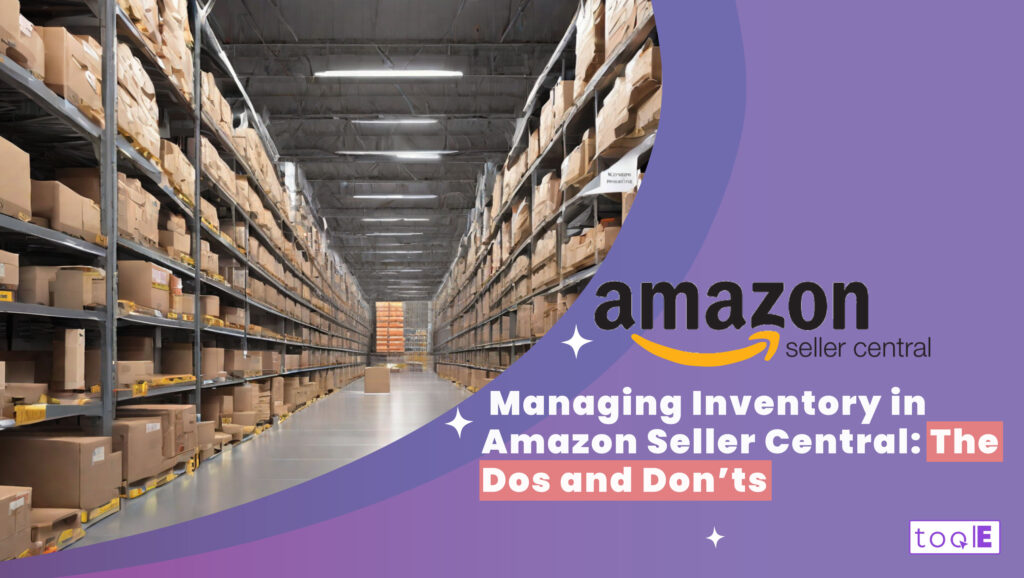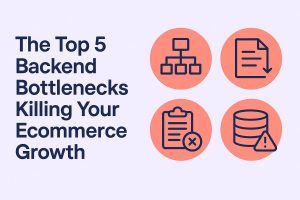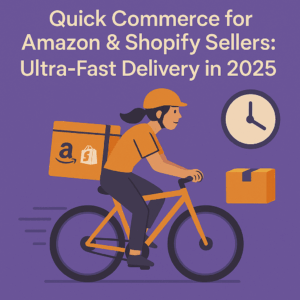Managing inventory effectively is crucial for the success of any Amazon seller. It ensures that your products are available to customers, helps maintain customer satisfaction, and influences the trajectory of your brand. In this blog post, we will explore the dos and don’ts of managing inventory in Amazon Seller Central, based on expert advice and industry best practices.
Dos:
1. Do maintain enough stock to meet demand: It is essential to have a sufficient quantity of inventory to fulfill customer orders promptly. Monitor sales trends, seasonality, and customer demand to ensure you have enough stock on hand. Keep track of your inventory levels using an inventory management tool especially if you are selling those products on other platforms too.
2. Do optimize your inventory storage: Efficiently utilizing your storage space can help reduce costs. Consider using Amazon’s FBA (Fulfillment by Amazon) service, which provides advanced inventory management tools and access to fulfillment centers. This can help streamline your inventory management process.
3. Do regularly review and update your listings: Keep your product listings up to date with accurate information, including stock availability. Regularly review and update your listings to avoid potential issues with stock outs or stranded inventory.
4. Do track and analyze inventory performance metrics: Utilize Amazon’s inventory performance metrics, such as the Inventory Performance Index (IPI), to monitor and optimize your inventory management. These metrics provide insights into your inventory health, storage fees, and potential areas for improvement.
5. Do forecast demand and plan inventory replenishment: Use historical sales data, market trends, and customer feedback to forecast demand accurately. Plan your inventory replenishment accordingly to avoid stockouts or overstocking.

Don’ts:
1. Don’t overstock inventory: Ordering excessive quantities of products can tie up your capital and lead to long-term storage fees. Accurately forecast demand and adjust your inventory levels based on market trends to avoid overstocking.
2. Don’t neglect inventory monitoring: Regularly monitor your inventory levels to avoid stockouts. Stay vigilant and replenish stock promptly to prevent missed sales opportunities and dissatisfied customers.
3. Don’t ignore inventory performance metrics: Pay attention to your inventory performance metrics, such as sell-through rate and IPI score. These metrics provide valuable insights into your inventory health and can help you make informed decisions to optimize your inventory management.
4. Don’t forget to address stranded inventory: Stranded inventory refers to products listed for sale but cannot be fulfilled and shipped to customers. Regularly check for any issues causing stranded inventory and take necessary steps to fix them promptly.
In conclusion, effectively managing inventory in Amazon Seller Central is crucial for the success of your business. By following the dos and avoiding the don’ts of inventory management, you can ensure that your products are readily available to customers, maintain customer satisfaction, and optimize your brand’s trajectory. By implementing these best practices, you can minimize costly mistakes, improve operational efficiency, and ultimately enhance your overall performance as an Amazon seller.
Remember, successful inventory management is a continuous process that requires ongoing monitoring, analysis, and adjustment to adapt to changing market conditions and customer demands.





